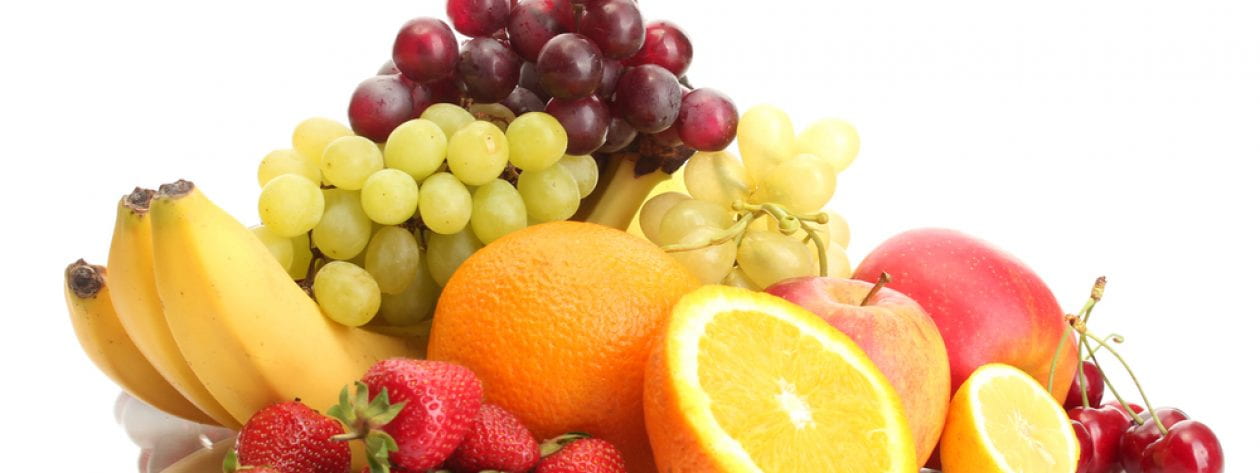 People may sometimes forget what a valuable resource milk can be. We are often persuaded with the idea that milk is high in sugar and fat and will not help with individual weight goals. This statement, however, could not be further away from the truth.
People may sometimes forget what a valuable resource milk can be. We are often persuaded with the idea that milk is high in sugar and fat and will not help with individual weight goals. This statement, however, could not be further away from the truth.

There is a reason why it is recommended to include 3 servings per day of milk or other dairy products as part of a nutritionally balanced diet, and that is all thanks to the many health benefits that milk provides. Milk is one of the best muscle recovery drinks as well as an excellent source of calcium, vitamin K, potassium, and vitamin D. It contains high-quality protein that helps to repair muscles after a workout. In fact, an 8 oz. glass of milk provides 8 grams of protein! Without supplying your body with enough protein, all of your hard work at the gym will go to waste. You have heard that drinking milk will help form strong bones, and this is true because milk contains calcium, a nutrient that helps to slow down the rate of bone loss; which also has the added bonus of osteoporosis prevention. Milk is also a good source of potassium, a mineral that helps to balance fluid and minerals within the body. Potassium works alongside sodium to help maintain a healthy blood pressure.
If you are concerned about drinking milk that is high in fat, opt for skim milk. Opting for a skim or low-fat milk will give you less saturated fat than 2% or whole milk, but still all the essential vitamins and minerals your body needs to succeed. The Dietary Guidelines set by the USDA and DHHS recommend 3 servings of dairy per day and mention the benefits of choosing low-fat or fat-free options. Adding 3 servings of dairy into your diet is an easy and simple solution that can boost your nutrient levels and help you take charge throughout the rest of this semester. For instance, drinking a glass of milk in the morning, having a cup of yogurt for lunch or a snack, and incorporating cheese into your dinner meal is a simple way to get those 3 servings of dairy!
Not a Milk Lover?
There are many reasons people may need to avoid cow’s milk and dairy products whether it be due to dietary intolerances, food allergies or personal reasons. The good news is, there are several alternatives that can still provide many of the beneficial nutrients found in cow’s milk. Almond milk is one dairy-free alternative that is fortified with nutrients such as Vitamin D, E and calcium. Although it is lower in protein than cow’s milk, almond milk is also lower in fat and contains only 60 calories per cup. Soy milk is another great dairy-free option that provides more protein than almond milk and is also fortified with nutrients such as calcium, Vitamin D and Vitamin B12. In the market of dairy-free milk alternatives, there are many more options available including products made from coconut, rice, cashew, oat and hemp.
Individuals who exclude cow’s milk and other sources of dairy from their diet should be especially conscious of meeting their calcium needs through other sources. Along with soy and almond milk, many other foods are also fortified with calcium, including fruit juices and cereals. Calcium can also be obtained from eating dark green vegetables like kale, collard greens and broccoli.
Bottom Line: When choosing a milk option, consider your individual dietary goals. Whether it be cow’s milk or a dairy-free milk alternative, milk should be incorporated in everyone’s daily diets for all the nutrients and protein it provides.
Resources:
“Got Milk? Drink to a Brighter Future.” Got Milk? Web. 29 May 2015. http://www.gotmilk.com/
Tworek, Danielle. “Nutritional Value of Whole Milk Vs. 2%.” LIVESTRONG. LIVESTRONG.COM, 18 Dec. 2013. Web. 29 May 2015. http://www.livestrong.com/article/540991-nutritional-value-of-whole-milk-vs-2/
Pressner, Amanda. “The Health Benefits of Milk.” FOX News. FOX News Network, 17 July 2013. Web. 29 May 2015. http://www.foxnews.com/health/2013/07/16/health-benefits-milk/
http://www.choosemyplate.gov/dairy
Photo Adapted from: https://www.flickr.com/photos/pepemczolz/

